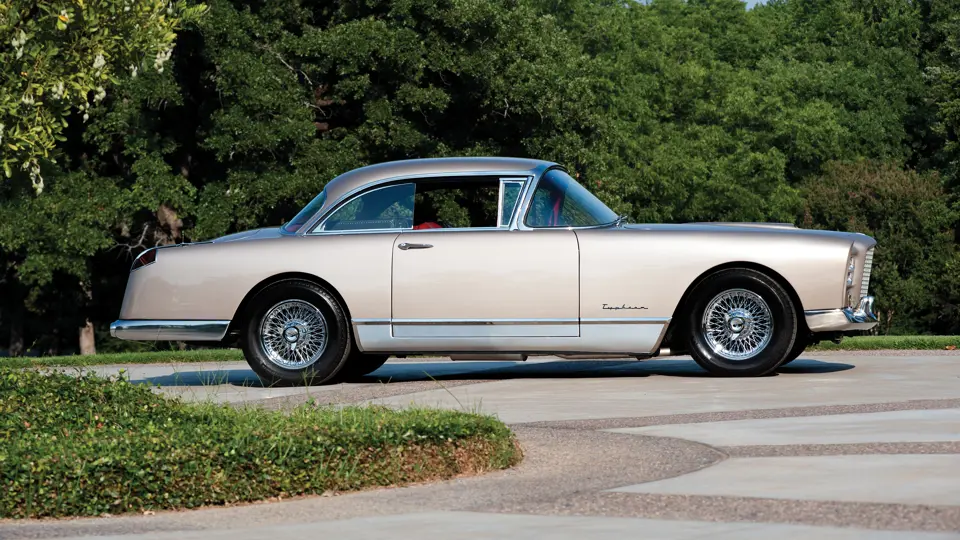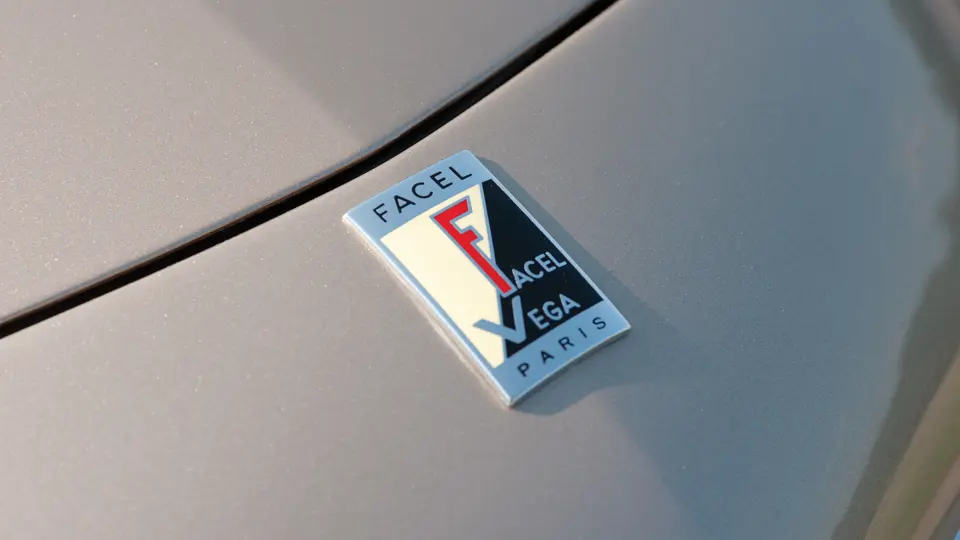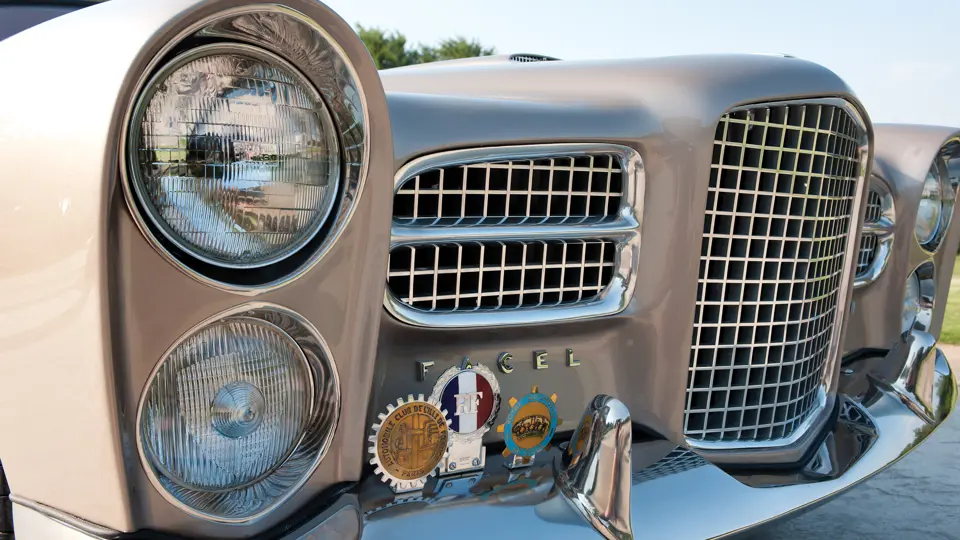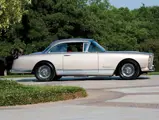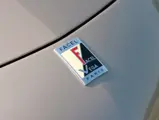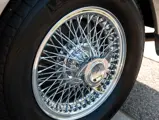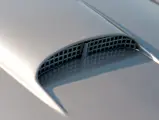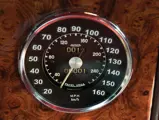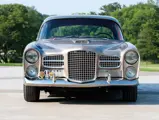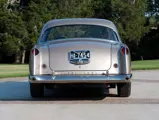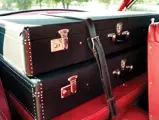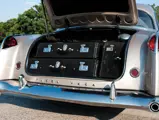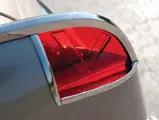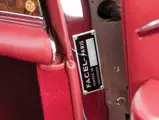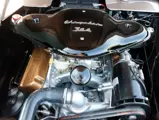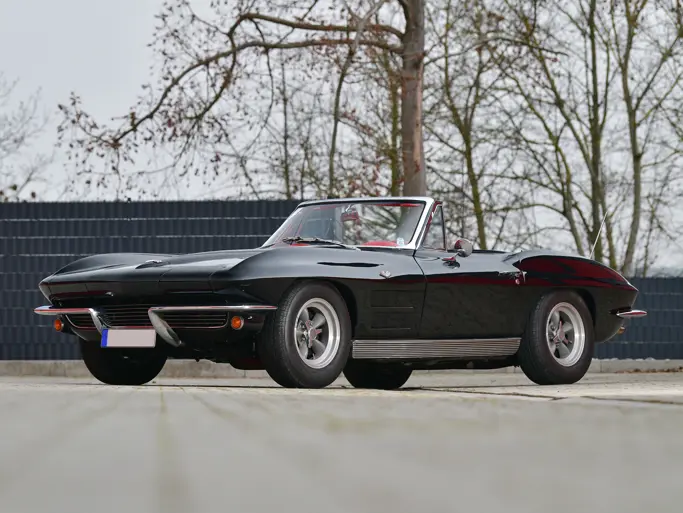325 bhp, 354 cu. in. OHV Hemi V-8, dual Carter four-barrel carburetors, Powerflite pushbutton automatic transmission, independent front suspension with unequal length A-arms, coil springs, and telescopic dampers, live rear axle with longitudinal semi-elliptic springs and telescopic dampers, and four-wheel Lockheed-Bendix hydraulic drum brakes. Wheelbase: 104.8 in.
Viewed with a decade or two of perspective, the change in France’s automotive scenery from the 1930s to the 1950s was breathtaking. The era of Bugatti, Avions Voisin, Delahaye, and Talbot-Lago abruptly evaporated, until, in the early 1950s, any remnants of that power and style were aberrations. The war was not the only culprit; after all, Jaguar had the XK120 ready almost immediately afterwards, and Ferrari offered the 166 Inter a year after that. Even in Germany, Mercedes-Benz’s 300 series was available in 1951 and the 300SL was available a few years later, with BMW’s 507 on its heels. But, while there were holdouts in France, a crippling tax on engines over 15 chevaux (about 2.9 liters) stifled major French manufacturer’s interest in anything other than small-displacement cars. That left the business of building performance cars to small, independent automakers, such as Jean Daninos’ Facel Vega.
With domestic manufacture of large engines quashed, Facel Vega followed a pattern established by the likes of Delaunay-Belleville before the war, sourcing an American eight-cylinder engine, which had the great advantages of quality and high production numbers. Starting in 1954, their engine of choice was from Chrysler.
As with so many small manufacturers, Facel Vega built their cars in short series, with 10 different models over 10 years. The same decade corresponded with a rapidly developing horsepower race in America, and Facel Vega’s Chrysler V-8s increased from a 172-horsepower, 276-cubic inch DeSoto Firedome to a 354-horsepower, 392-cubic inch Hemi V-8 from the Chrysler 300. Of the approximately 357 Series 2 through Series 4 FVS that Facel Vega built, only 36 are thought to have been equipped with this car’s 325-horsepower dual-quad Typhoon Hemi engine.
Facel Vega’s drivetrain was powerful and largely conventional, but the results were not. Under the beautiful skin of an FVS lurks a fascinating combination of muscle car and GT. It is unhappy when asked to ease off the line, instead requesting the driver to put a foot to the floor and enjoy a sub-10-second 0–60 time. Thank the Hemi’s 430 foot-poundsof torque for moving a 4,100-pound car up to speed so fast. At the same time, handling is surprisingly confident and sporty. With a top speed in the neighborhood of 130 mph, it is supremely exciting when driven properly hard, yet it is also relaxed at highway speeds.
The car offered here was sold new in the Dallas, Texas, area and street driven until 1968, when it was disassembled for restoration. It was still apart when purchased by the consignor, who completed it to show quality in 2012. It includes a full six-piece set of factory luggage, correct wire wheels, Connolly leather, and Wilton wool carpets. The windshield, which was once referred to as “maddeningly” irreplaceable, does not display the common Facel Vega cracks, and the exposed exhaust tips at the other end are not damaged.
In 55 years, with two owners, this car has never been shown or sold publicly, and it might never even have left Texas. As a dual-quad Series 4, it is a rare jewel in its own right, but there are unlikely to be any others making their public debut at this point. It’s as close as one can come to buying a new Facel Vega.




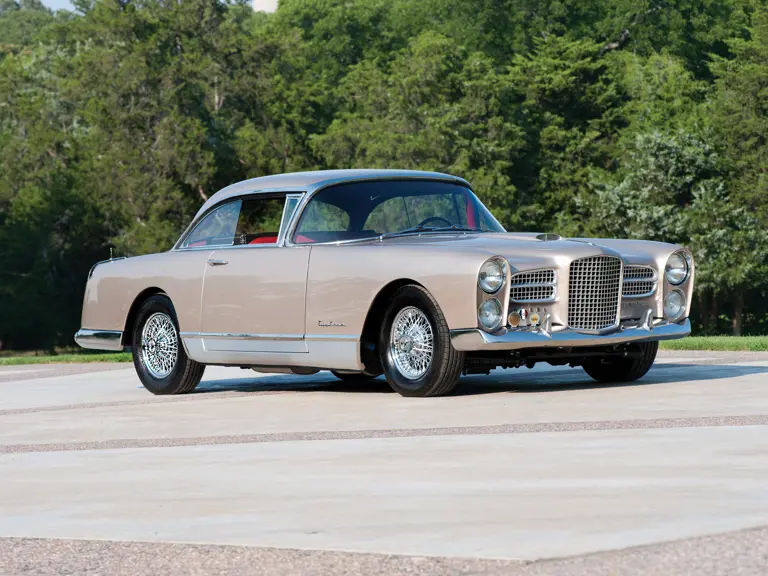
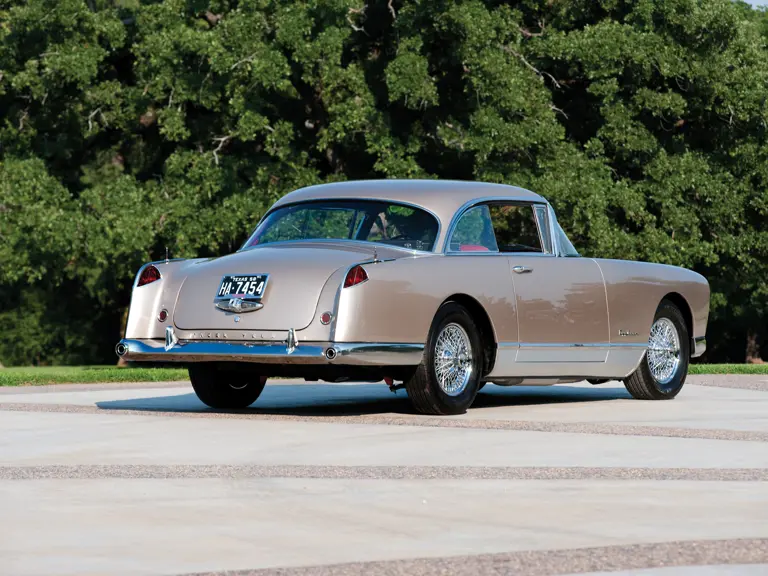
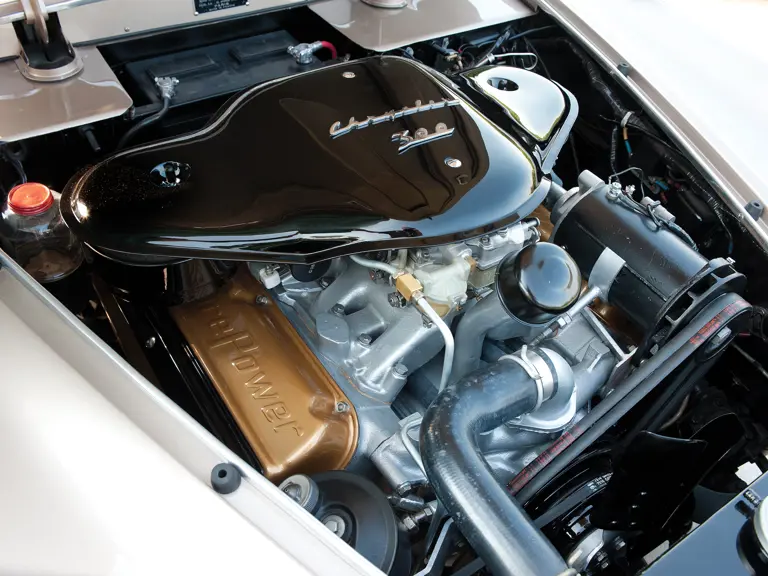

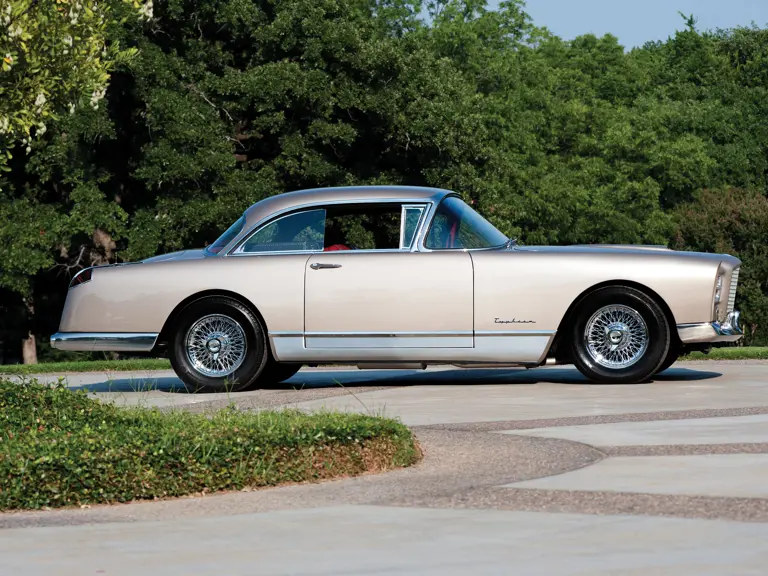
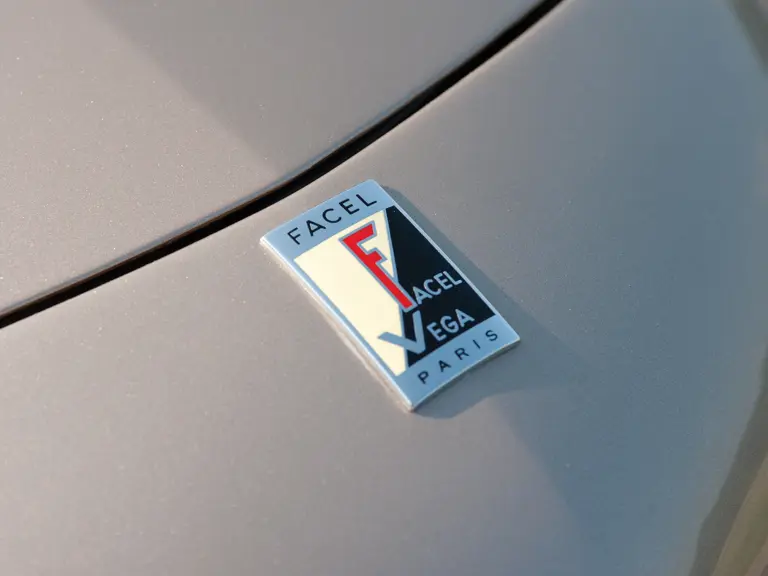
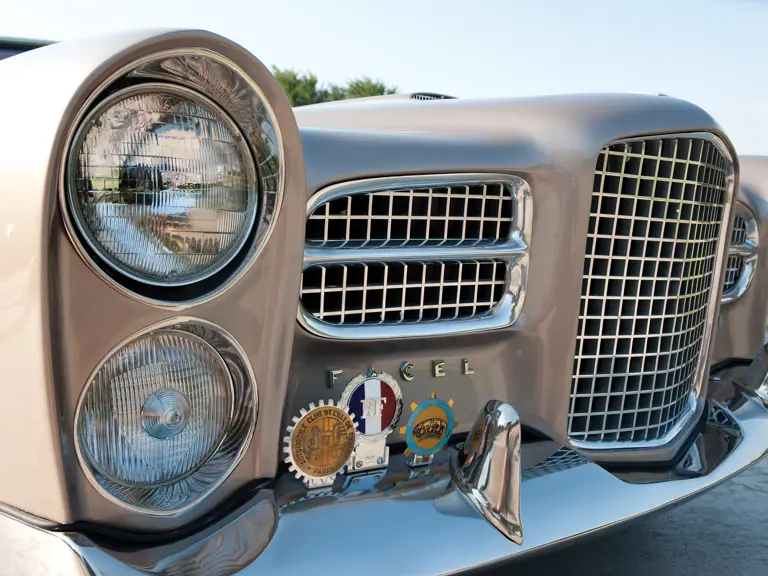

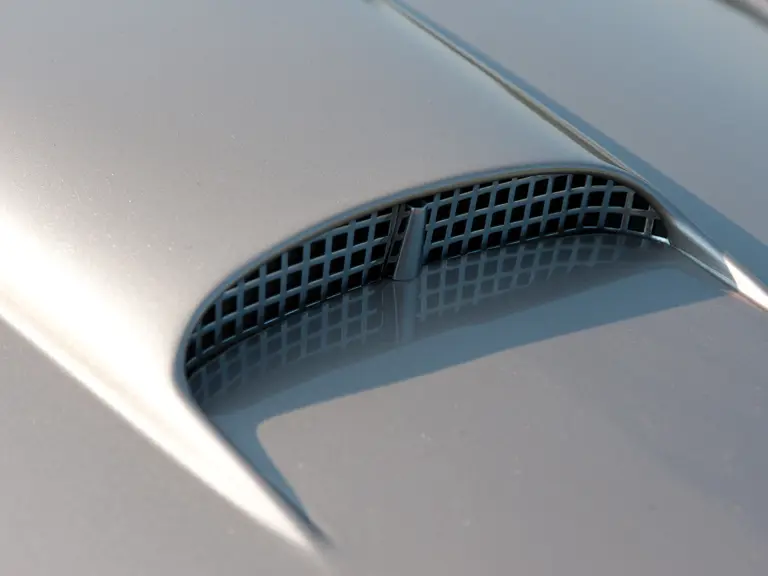
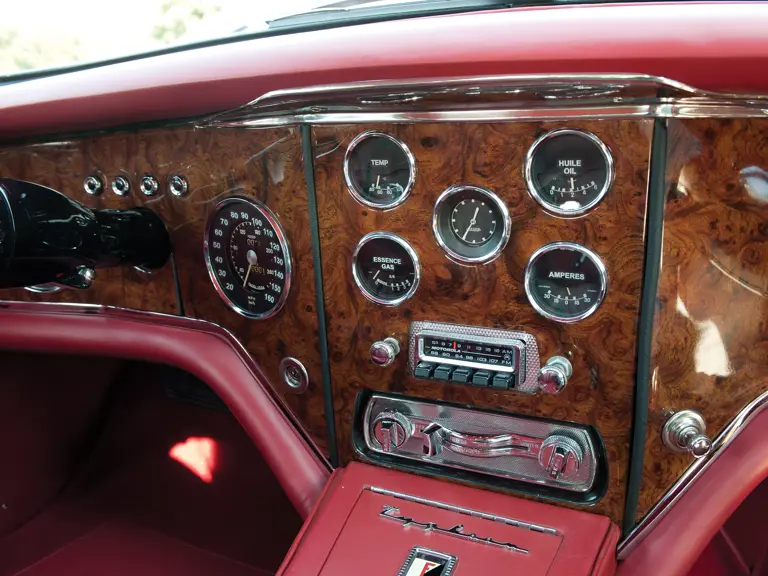
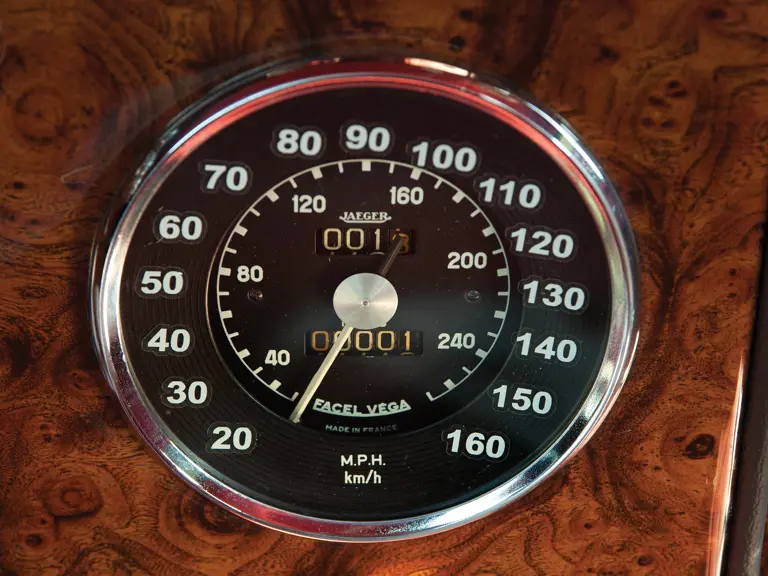

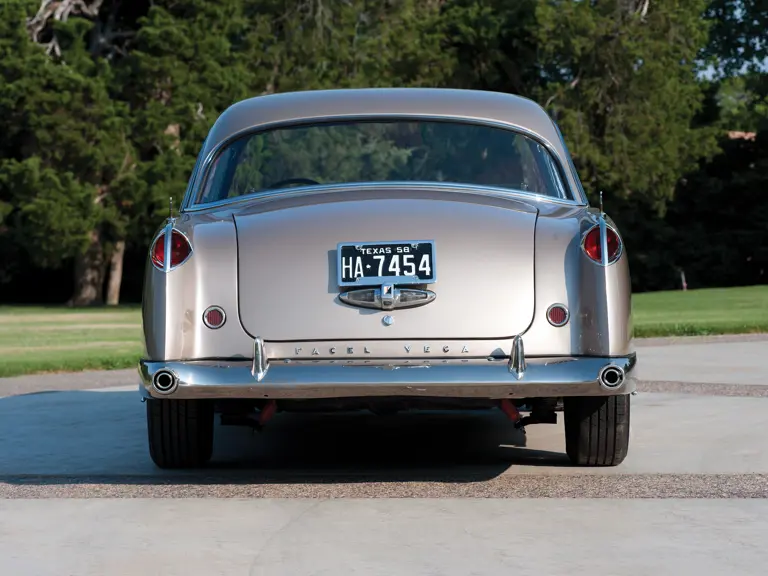
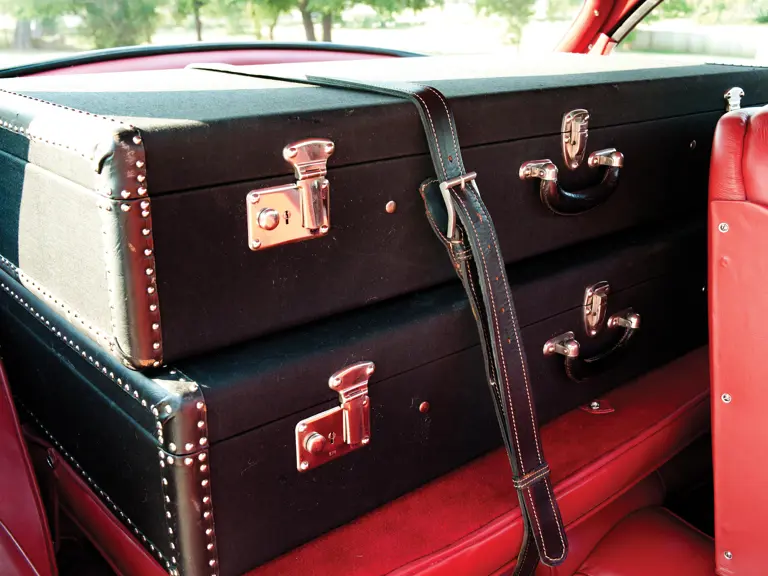
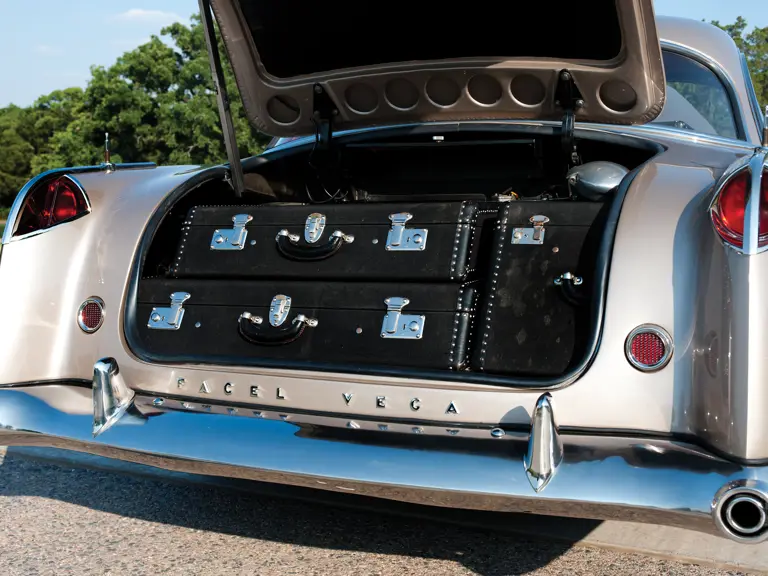
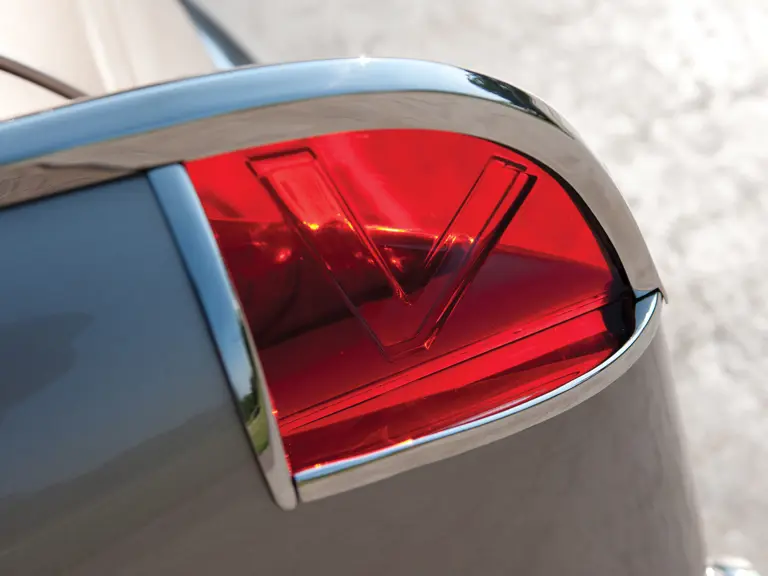

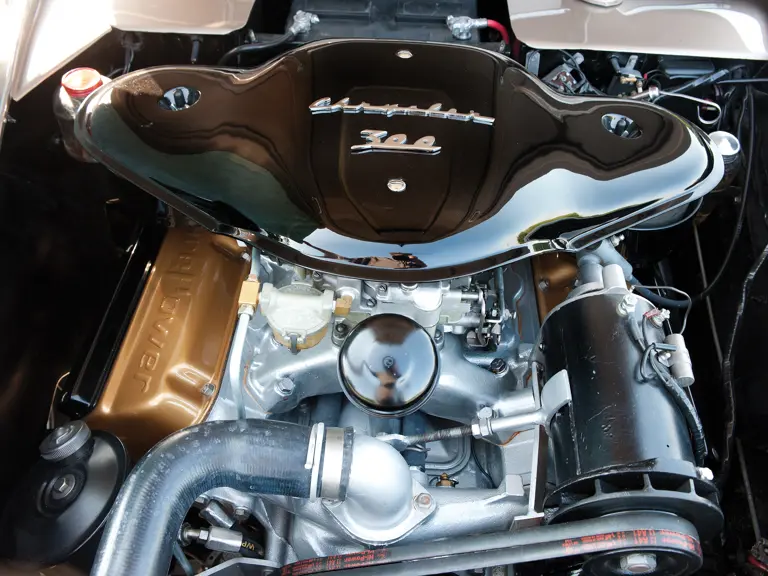
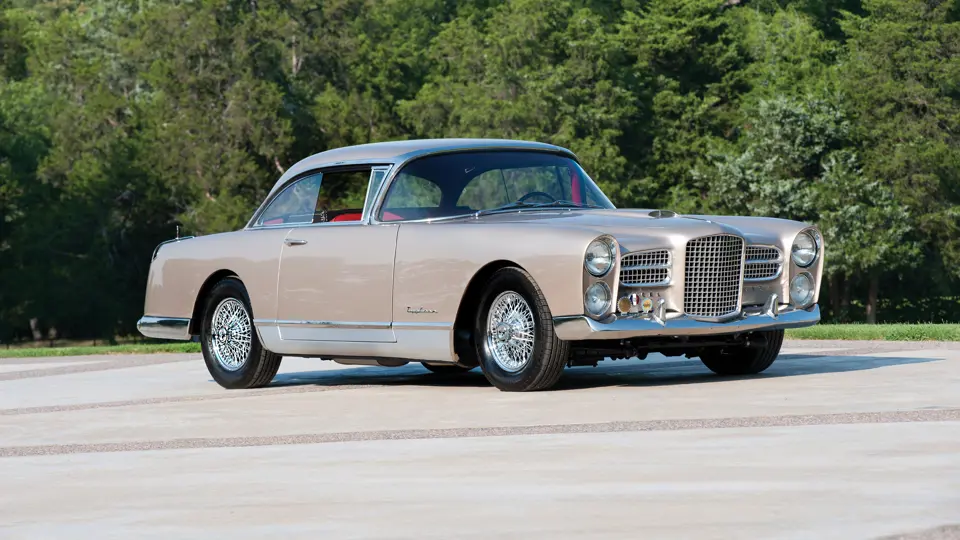
 | Monterey, California
| Monterey, California
